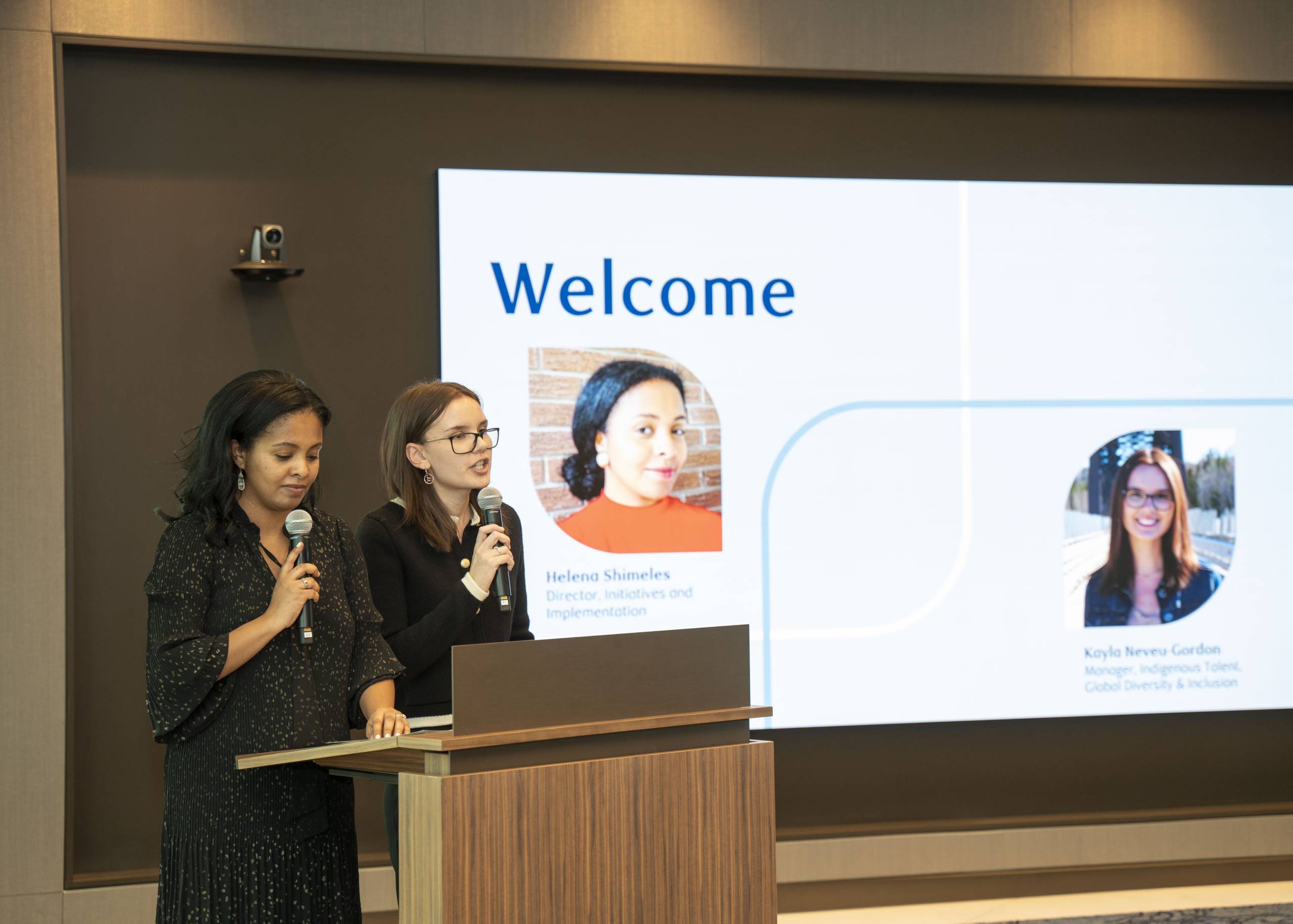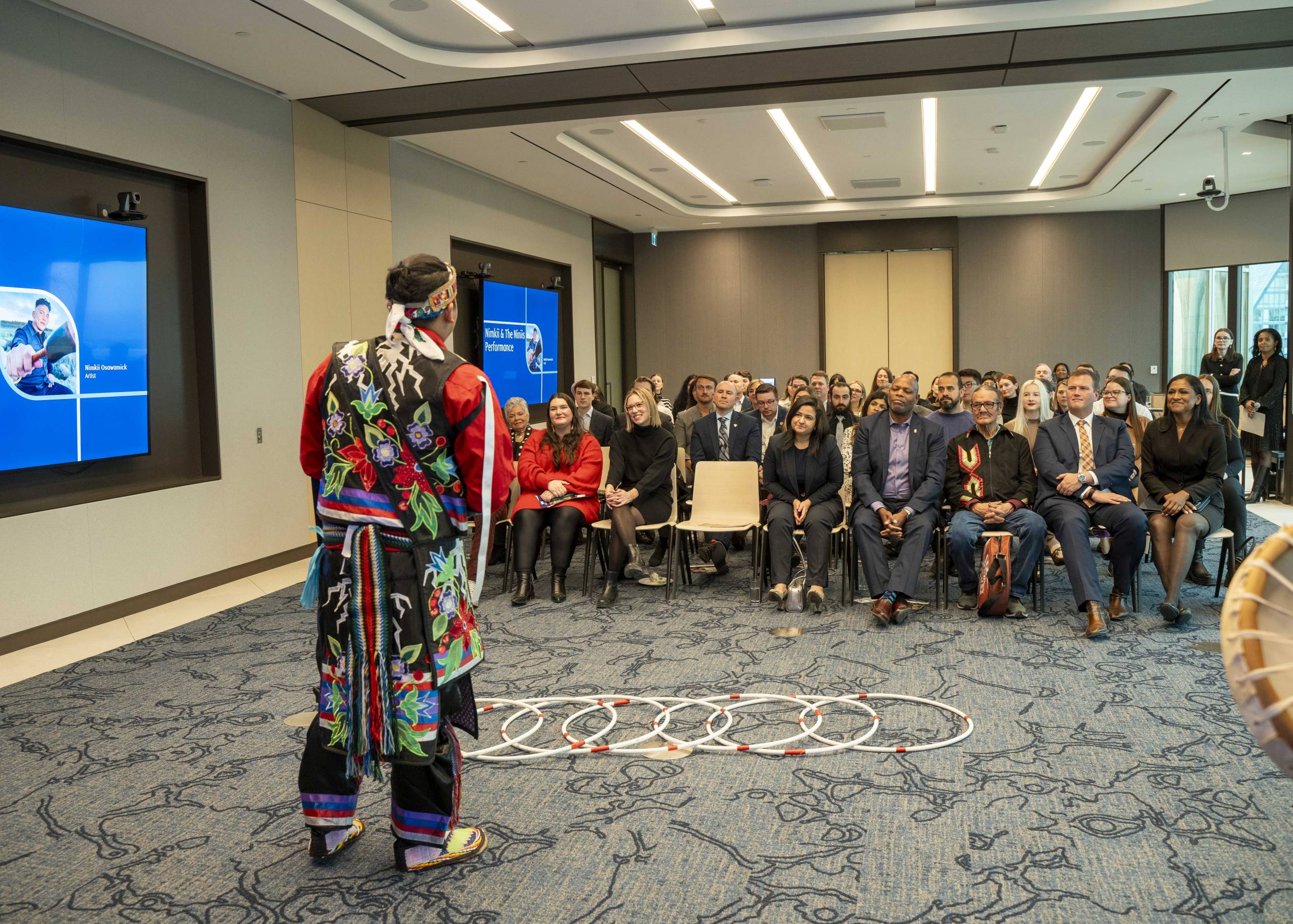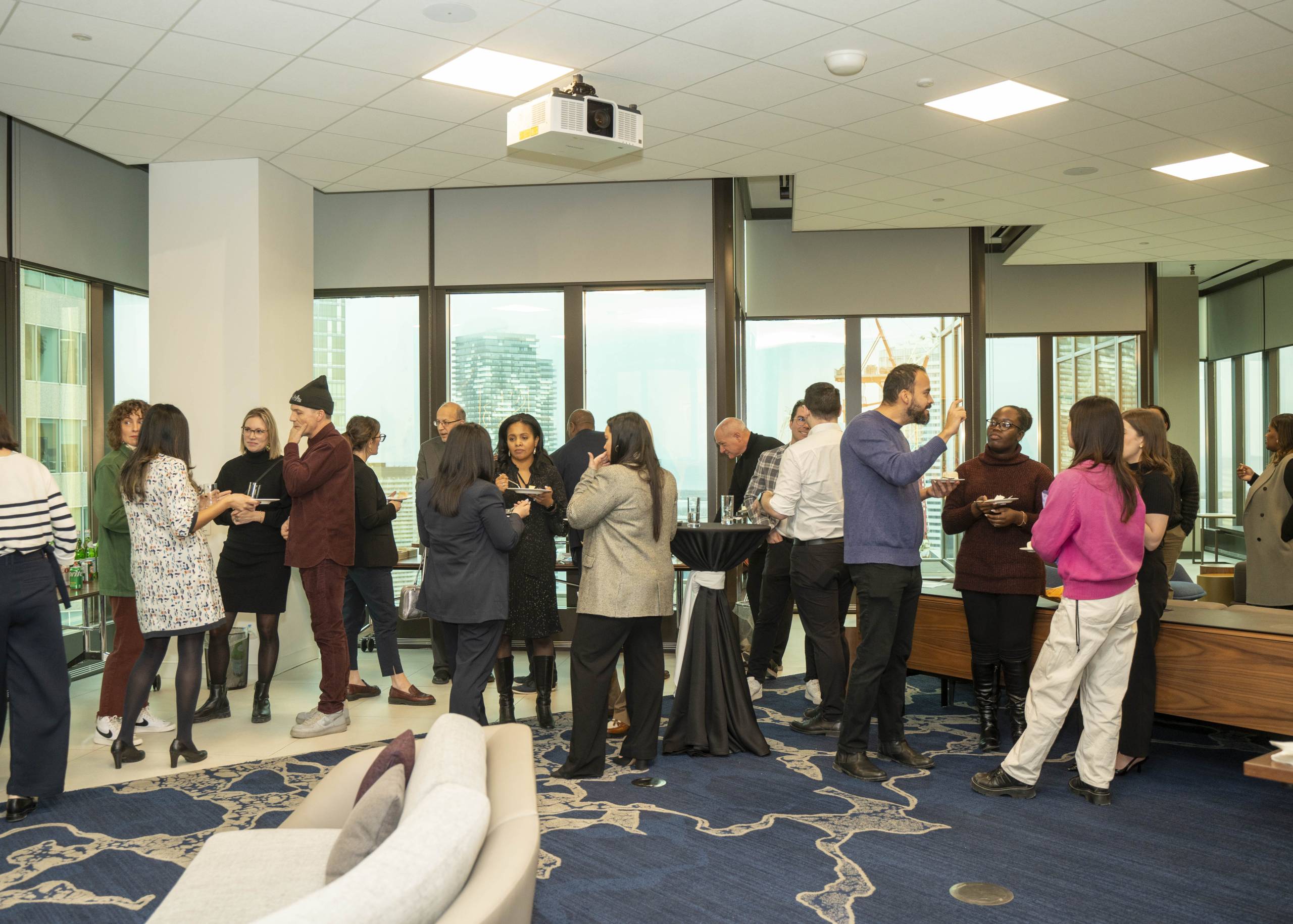The Gord Downie & Chanie Wenjack Fund Legacy Space program aims to build awareness and understanding about the true history of Canada. These spaces offer an opportunity to bring Indigenous and non-Indigenous people together to build connection and advance a collective journey toward reconciliation.
70 years ago on January 19th, a boy named Chanie Wenjack was born in Ogoki Post on the Marten Falls Reserve in Northern Ontario. At the age of nine, he was sent to Cecilia Jeffrey Residential School in Kenora, Ontario. Three years later he ran away, trying to reunite with his family 600km away. A week later, his body was found beside the railway tracks. He had succumbed to starvation and exposure.
Chanie’s journey captivated Gord Downie – singer, songwriter, poet and creative force behind The Tragically Hip – after his brother Mike shared the story with him. The Downie and Wenjack families ultimately came together to form the Gord Downie & Chanie Wenjack Fund (DWF), the goal of which is to continue the conversation that began with Chanie Wenjack’s residential school story and answers Gord Downie’s call to build a better Canada. The DWF Legacy Spaces program supports this goal.
An immersive space of balance, connection, equality and continuity
The 40th floor at RBC’s head office is a space where employees, clients and partners gather as a center of commerce focused on helping people thrive and communities prosper. Through the recent redesign of the floor, there was an opportunity to incorporate elements of Indigenous cultures and share the importance of legacy.
On January 19th, on what would have been Chanie Wenjack’s 70th birthday, RBC officially designated the 40th floor as a Gord Downie & Chanie Wenjack Fund Legacy Space – one that encompasses a thoughtful and immersive experience representing balance, connection, equality and continuity.

“This Legacy Space is here to remind us to continue to be an organization that can learn anything, not one that knows everything,” says Chinyere Eni-McLean, Regional Vice President Commercial Financial Services, South West Ontario. “This continues to be a place where we can learn from history, from people in communities who are already working on these challenges, to listen, to learn and then to see what’s possible together.”
RBC’s Legacy Space includes a number of Indigenous elements. The reception area sets the tone with curated Indigenous art, a land acknowledgement and custom lighting designed and inspired by a territorial treaty between the Anishinaabe, Mississaugas and Haudenosaunee, which binds the Nations to share the territory and protect the land. The boardroom features a custom rug with an image of the Heiltsuk Icefield, paying homage to the 3,600 square kilometers of pristine wilderness nestled in the southern Coast Mountains of British Columbia. And the round table in that room speaks to the idea of equal voices and the value of diverse perspectives.
The artwork in the space, curated by the RBC curatorial department, presents 17 First Nations, Inuit and Métis artists, with the main lobby featuring the works of Brian Jungen, Christi Belcourt and Meryl McMaster.
A representation of commitment and support
Sarah Midanik, DWF’s President & CEO, addressed the significance of RBC’s Legacy Space to her and the Gord Downie & Chanie Wenjack Fund at the Legacy Space opening. “RBC has been supporting our programs from the very beginning, so this is representative of the good work and commitment that has been there for decades,” she shares with the audience. “Everything we do is to improve the lives of Indigenous people by furthering reconciliation between Indigenous and non-Indigenous people in Canada. The Legacy Space is so much more than a physical space that acknowledges that history and the relationship with Indigenous people today. It provides the opportunity from the very top of senior leadership to acknowledge and be proud of the work you’re doing internally.”
“Here we are today, on the top floor at one of the biggest financial institutions in Canada, and space is being held. The message I always try to share is that there is hope and there is progress that is being made.”

“So much of history represented in one little story”
Among the guests at the opening ceremony, which included Elder Jimmy Dick, who offered an opening prayer, Indigenous leader and RBC board member Roberta Jamieson and artists Nimkii & the Niniis was Patrick Downie, Gord Downie’s younger brother. Overcome with emotion at the impact his brother and the DWF have had in advancing reconciliation in such a high-profile space, Downie was reflective on the power of Chanie Wenjack’s story.
“Gord would say, one little story represents so much history,” Patrick shares, recalling his brother’s intense passion for sharing Chanie’s story, for the Secret Path project and for Canada to Do Something to change Indigenous-settler relations in this country. “Gord could not have dreamt this,” Patrick says of standing on the 40th floor during the opening of RBC’s Legacy Space, “but this is what he was dreaming of. You are continuing his real wish, his real dream for this country.”

Of the Legacy Space, Patrick shares that he is “so happy” for Indigenous employees at RBC. “I am also really happy for the people that may not know the history, but need an entry point. And that’s where these spaces really work.”
The 40th floor at RBC’s head office is where major decisions are made that affect this country and where community leaders, clients and allies gather. “We are assured that thousands of people are going to see this space,” says Mark Beckles, RBC’s Vice President of Social Impact and Innovation. “Every time someone steps on this floor, they will observe and learn the importance of reconciliation and the significance of the various Indigenous elements that have been incorporated into the space.”
While people entering the space will be stepping into history, they will also be acknowledging a hopeful future. As Phil Fontaine says “The future is Indigenous,” added Beckles. “And at RBC, we look to a future that is filled with possibilities.”
Learn more about the Gord Downie & Chanie Wenjack Fund and RBC’s Legacy Space
This article is intended as general information only and is not to be relied upon as constituting legal, financial or other professional advice. A professional advisor should be consulted regarding your specific situation. Information presented is believed to be factual and up-to-date but we do not guarantee its accuracy and it should not be regarded as a complete analysis of the subjects discussed. All expressions of opinion reflect the judgment of the authors as of the date of publication and are subject to change. No endorsement of any third parties or their advice, opinions, information, products or services is expressly given or implied by Royal Bank of Canada or any of its affiliates.

